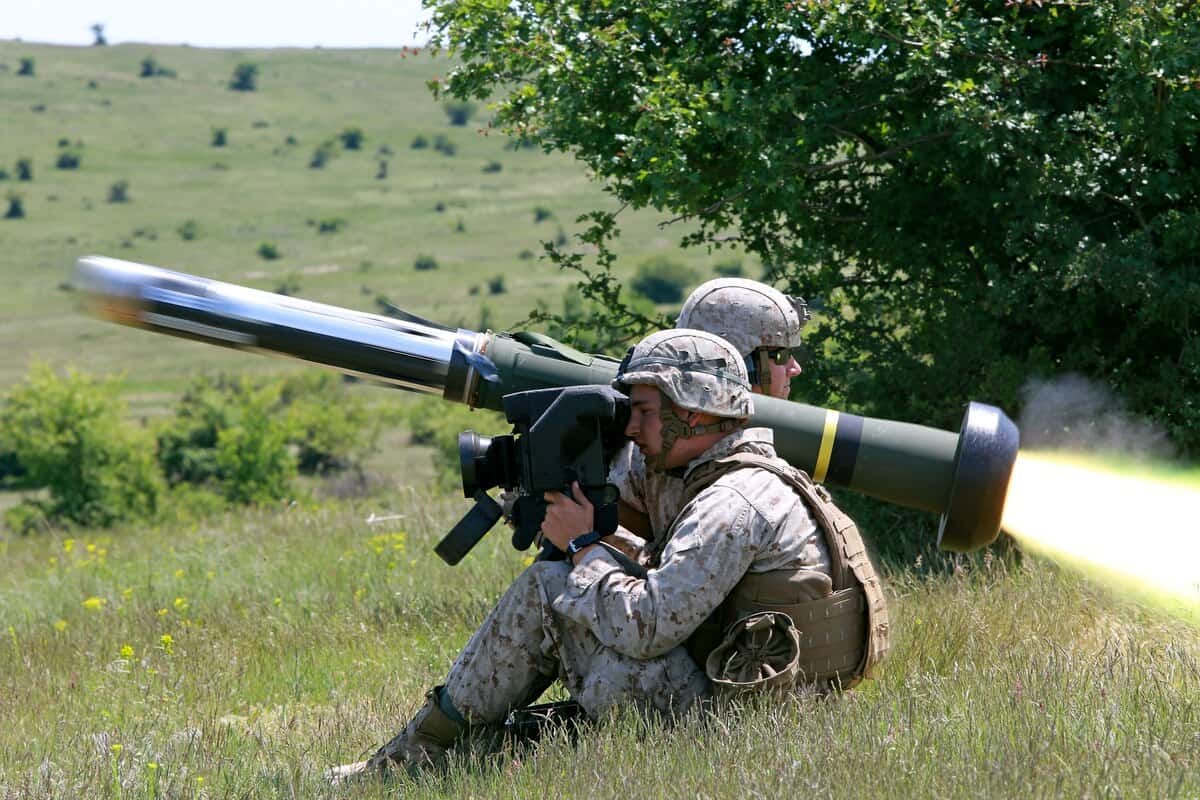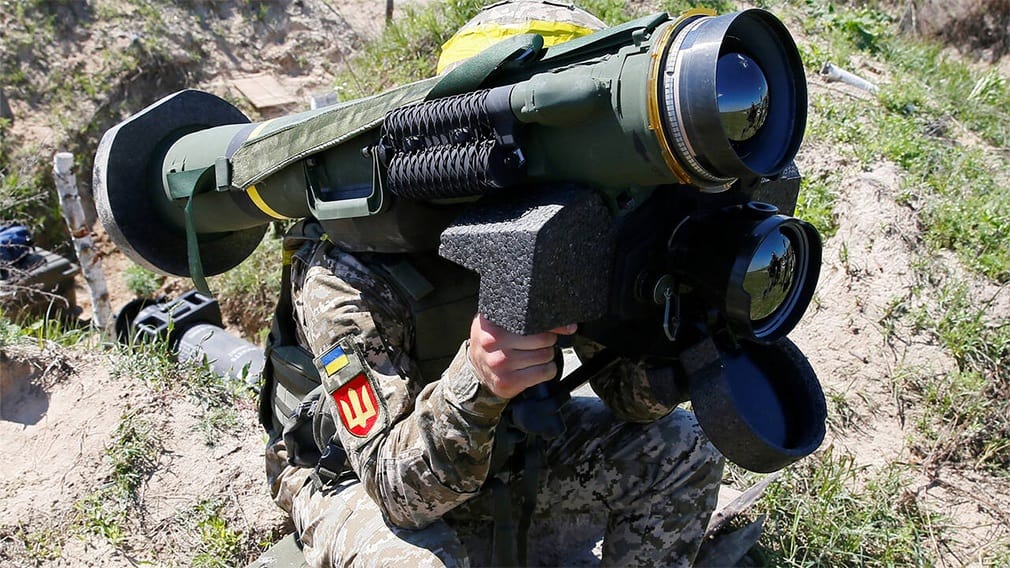U.S. Approves $100 Million Sale of Javelin Missiles to Australia
20 August, 2024 Javelin ATGM missile launch. Photo from open sources The United States has approved the possible sale of missiles for the Javelin hand-held anti-tank systems to the Australian Armed Forces.
This was reported by the Office of Defense Cooperation and Security of the U.S. Department of Defense. The decision provides for the possibility of supplying 350 missiles and related equipment and materials at an estimated cost of £100 million.
The guided missiles will be delivered in the FGM-148F version. The potential sale also includes technical support and other related logistics and software elements.
 Javelin launched by US Marines in Romania.
Javelin launched by US Marines in Romania.
Photo: Jessica Smith/U.S. Marine Corps
The U.S. State Department last approved the sale of 255 Javelin FGM-148F missiles to Australia in March 2023.
Their estimated cost, including technical support and maintenance, was estimated at £60.18 million. The delivery of new missiles to the Javelin air defense system will improve Australia's ability to meet current and future threats. Australia is one of the most important U.S. allies in the Western Pacific.
Therefore, it is vital to the U.S. national interest to assist our ally.
Javelin
The Javelin is a third-generation man-portable anti-tank missile system manufactured by Raytheon and Lockheed Martin. It belongs to the "fire and forget" weapon system.
 Operator of the Javelin ATGM of the Armed Forces of Ukraine.
Operator of the Javelin ATGM of the Armed Forces of Ukraine.
Photo credits: AFU
The FGM-148 missile has an infrared seeker, so the missile system operator does not need to monitor and adjust a missile's flight after launch; it does it independently. The system is designed to destroy armored vehicles and can also engage air targets at low altitude (helicopters and UAVs).
 Javelin ATGM production at the Lockheed Martin enterprise. May 2022.
Javelin ATGM production at the Lockheed Martin enterprise. May 2022.
Photo credits: Reuters
The FGM-148F version of the missile was launched in May 2020.
They are equipped with an advanced multi-purpose warhead, including a tandem warhead designed to penetrate the current and future armor of combat vehicles, including those with reactive armor, and have a fragmented metal body to increase the effectiveness of the destruction of manpower and light vehicles by creating fragments.